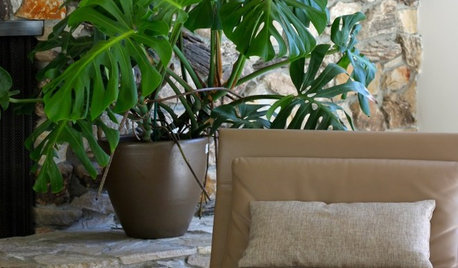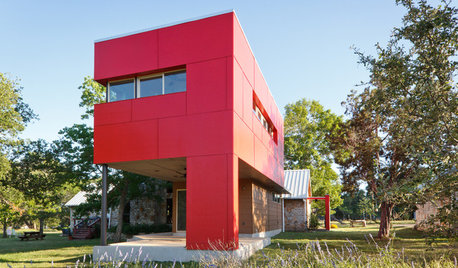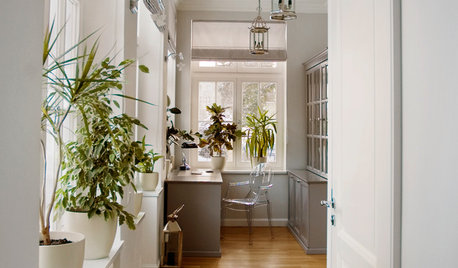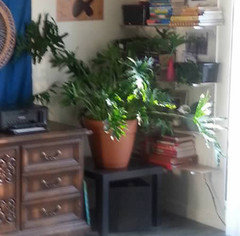What's wrong with my split-leaf philodendron???
Vonbook
9 years ago
Featured Answer
Comments (8)
Tiffany, purpleinopp Z8b Opp, AL
9 years agosultry_jasmine_nights (Florida-9a-ish)
9 years agoRelated Professionals
Reading Landscape Architects & Landscape Designers · Harrison Landscape Architects & Landscape Designers · Havre de Grace Landscape Architects & Landscape Designers · Norton Shores Landscape Architects & Landscape Designers · Simi Valley Landscape Architects & Landscape Designers · Brentwood Landscape Contractors · Buford Landscape Contractors · Brandon Landscape Contractors · Centereach Landscape Contractors · Ellensburg Landscape Contractors · Fishers Landscape Contractors · Panama City Beach Landscape Contractors · Ringwood Landscape Contractors · Thornton Landscape Contractors · View Park-Windsor Hills Landscape Contractorstlbean2004
9 years agoVonbook
9 years agoVonbook
9 years agoVonbook
9 years agoTiffany, purpleinopp Z8b Opp, AL
9 years ago
Related Stories

TROPICAL STYLEEasy Decorating: Turn Over a New, Tropical Leaf
Toss a palm frond in a vase or gather a whole bouquet — fresh or preserved tropical leaves bring on the exotic with almost no effort
Full Story
DECORATING GUIDESConjure a Jungle in a Pot
Sprawling, climbing and with primitive-looking leaves, philodendrons bring untamed beauty to even the most civilized homes
Full Story
HOME OFFICESQuiet, Please! How to Cut Noise Pollution at Home
Leaf blowers, trucks or noisy neighbors driving you berserk? These sound-reduction strategies can help you hush things up
Full Story
EDIBLE GARDENSSummer Crop: How to Grow Blueberries
Plant blueberries in spring or fall for garden beauty through three seasons — and a sweet superfood in summer
Full Story
GREENBotanical Green, Meant to Be Seen
Learn how to cultivate this vibrant yet restful color in your home, using its hues to set the mood for any space
Full Story
EXTERIORSColor Makes Its Mark on Modern House Exteriors
Consider borrowing from the rainbow to give a modern home depth, distinction or even just a mood boost
Full Story
MOST POPULARThe Perfect Houseplant for People Who Kill Houseplants
If you can fill a jar with water, you can keep golden pothos vine happy — and it will pay you back with cleaner air and a greener home
Full Story
HOUSEPLANTS8 Essentials for Healthy Indoor Plants
Houseplants add so much to our homes — and can thrive when grown in the right conditions. Keep these tips in mind
Full Story
HOUSEPLANTS10 Top Plants to Grow Indoors
Brighten a room and clean the air with a houseplant that cascades artfully, stretches toward the ceiling or looks great on a wall
Full Story
HOUSEPLANTSHow to Create an Indoor Landscape
Apply principles and elements of design to help your indoor garden flourish
Full Story









Embothrium